by Yoo Kyung Sung, University of New Mexico, Albuquerque
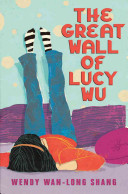 Following last week’s blog, I reread my WOW Book Reviews, all of which illustrated conflicts with young protagonists and their cultural affiliations. Each protagonist struggled with their cultural identity, though in different ways. Eleven year-old Lucy, a Chinese-American in The Great Wall of Lucy Wu (Shang, 2011), is a proactive basketball player who tends to downplay her Chinese side. Her parents are Chinese-Americans and when a new family member from China upsets the cultural dynamics at home, it challenges Lucy’s perception of herself. Maomao, in A Near Year’s Reunion (Cheng-Liang, 2011), is a Chinese girl that lives with her mom most of the time because her father’s job requires a lot of travel. The Indian-American girl, Dini, in The Grand Plan to Fix Everything (2011), is also eleven. She revels in Bollywood movies, Bollywood celebrities, and dreams of being a movie scriptwriter. Her journey from the small rural community of Swapnagiri, in Southern India, to Maryland is filled with discoveries for her. Continue reading →
Following last week’s blog, I reread my WOW Book Reviews, all of which illustrated conflicts with young protagonists and their cultural affiliations. Each protagonist struggled with their cultural identity, though in different ways. Eleven year-old Lucy, a Chinese-American in The Great Wall of Lucy Wu (Shang, 2011), is a proactive basketball player who tends to downplay her Chinese side. Her parents are Chinese-Americans and when a new family member from China upsets the cultural dynamics at home, it challenges Lucy’s perception of herself. Maomao, in A Near Year’s Reunion (Cheng-Liang, 2011), is a Chinese girl that lives with her mom most of the time because her father’s job requires a lot of travel. The Indian-American girl, Dini, in The Grand Plan to Fix Everything (2011), is also eleven. She revels in Bollywood movies, Bollywood celebrities, and dreams of being a movie scriptwriter. Her journey from the small rural community of Swapnagiri, in Southern India, to Maryland is filled with discoveries for her. Continue reading →
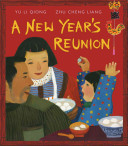 Often I think my English accent is like a cultural microchip that contains my cultural and linguistic DNA. That microchip reflects the local and global contexts from several different U. S. and international environments in which I have lived. My personal aesthetic responses in my literature reviews reflect the salient insights of both my views of diversity and of contemporary global connections as they relate to multiculturalism in the U. S. Continue reading
Often I think my English accent is like a cultural microchip that contains my cultural and linguistic DNA. That microchip reflects the local and global contexts from several different U. S. and international environments in which I have lived. My personal aesthetic responses in my literature reviews reflect the salient insights of both my views of diversity and of contemporary global connections as they relate to multiculturalism in the U. S. Continue reading 

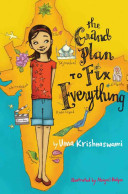 Korea’s traditional beauty is mirrored in its architectures, symbols, pottery, and ancient palaces and make up most of the common “Korean” postcard faces I encountered when I visited one of the most popular and largest bookstores in Seoul, Kyobo books. I mumbled, “interesting,” and felt and tasted a kind of betrayal. I felt I have fought consistently for a postcolonial non-Eurocentric portrayal of Asian and Korean cultures in my children’s literature studies, yet such traditional subjectivity is produced and consumed internally in Korea as a mark of Koreanness. Tradition is like a double edged sword providing rich cultural facets and, concurrently, glaringly flawed over-representations of a culture, producing a “tunnel vision” (Scott,1998, p.47) of narrow understanding of that culture.
Korea’s traditional beauty is mirrored in its architectures, symbols, pottery, and ancient palaces and make up most of the common “Korean” postcard faces I encountered when I visited one of the most popular and largest bookstores in Seoul, Kyobo books. I mumbled, “interesting,” and felt and tasted a kind of betrayal. I felt I have fought consistently for a postcolonial non-Eurocentric portrayal of Asian and Korean cultures in my children’s literature studies, yet such traditional subjectivity is produced and consumed internally in Korea as a mark of Koreanness. Tradition is like a double edged sword providing rich cultural facets and, concurrently, glaringly flawed over-representations of a culture, producing a “tunnel vision” (Scott,1998, p.47) of narrow understanding of that culture. Following last week’s blog, I reread my WOW Book Reviews, all of which illustrated conflicts with young protagonists and their cultural affiliations. Each protagonist struggled with their cultural identity, though in different ways. Eleven year-old Lucy, a Chinese-American in
Following last week’s blog, I reread my WOW Book Reviews, all of which illustrated conflicts with young protagonists and their cultural affiliations. Each protagonist struggled with their cultural identity, though in different ways. Eleven year-old Lucy, a Chinese-American in 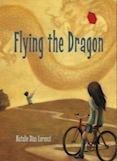

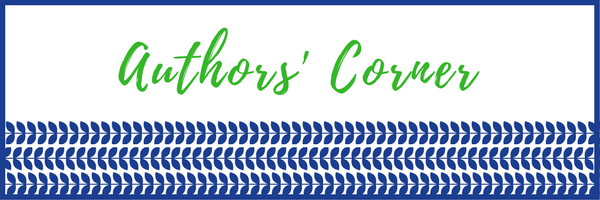
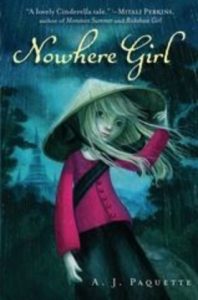
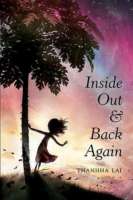
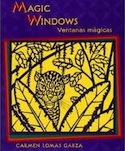 Reading Time: Magic Windows/Ventanas Mágicas (1999) by Carmen Lomas Garza
Reading Time: Magic Windows/Ventanas Mágicas (1999) by Carmen Lomas Garza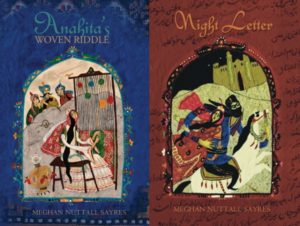
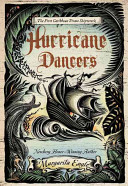 In this week’s blog, Elizabeth Morphis, a university student taking my Latino literature course, conducted a read aloud of the book
In this week’s blog, Elizabeth Morphis, a university student taking my Latino literature course, conducted a read aloud of the book